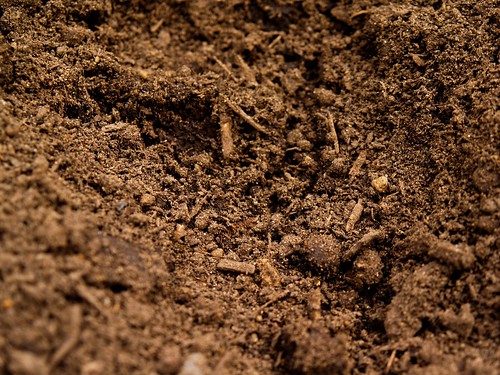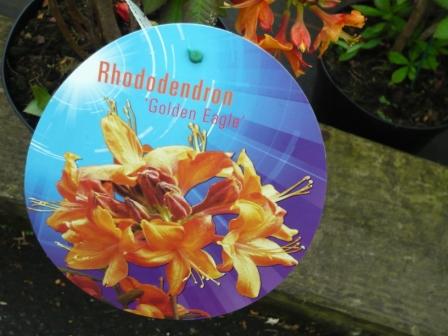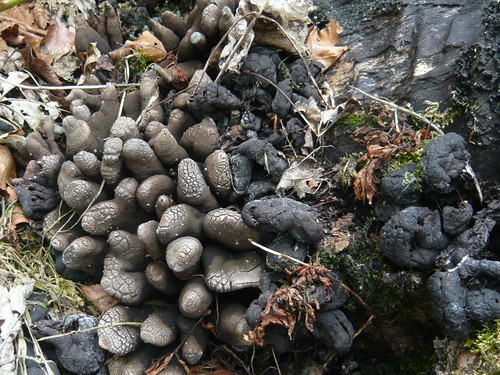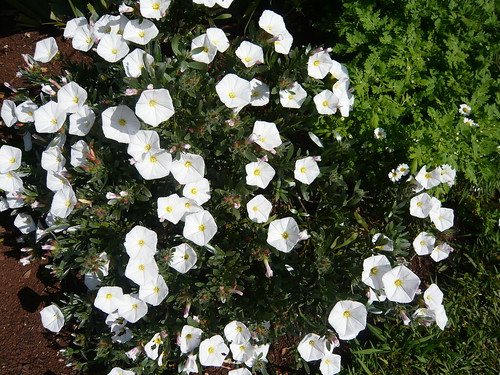Seed Collecting in Autumn
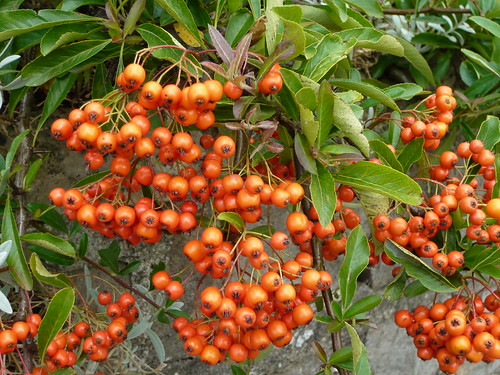
Seed collecting can be addictive. You may quickly discover you are surrounded by drying stems and paper bags but all you need is enough seeds for your immediate needs.
Shrubs may take a couple of years to develop into larger plants but you have an opportunity to increase your stock and potentially get a new cross.
Collect when the stem moves from green through yellow to brown when the seed is mature and ready. Cut the heads or stems and take inside a greenhouse, shed or garage to finally dry out hung over a sheet of paper. If seeds do not drop out naturally shake them into a paper bag. If collecting seed from berries clean away the flesh and dry the seed.
Popular Seeds
Poppy seedheads traditionally yield thousands of small black seeds from the saltshaker type head. Catch them when dry and the seed head rattles. Cut the heads and empty into a paper bag or envelope.
Foxgloves ripen progressively up the stem so to maximise seeds you may want to collect individual seed capsules. However they produce so many seeds that you may be content with taking all that are open and discarding the rest.
Some plants have ballistic mechanisms to fire seeds away from the mother plant like Pansys, Geraniums, Aquilegia and Acanthus. They need collecting and keeping in paper bags to catch the seed.
Calendula and sunflower have large seeds and are fun for kids to collect. I like Antirrhinums and plant seeds that bare a bit different or uncommon.
Not all seeds will grow true to the parent plant. Pick natural species if you want them to come true like Salvia pratensis, Lyichnis chalcedonia or Lythrum salicaria.
Mechanics of Seed Collecting
Clean the husks and plant debris away before storing the seed.
Mark the container with the variety, date collected and any notes you want to keep.
The colder and dryer, you keep the seed, the better.
Put some silica gel crystals in a lidded tupperware box with your seeds and keep them in the fridge.
Some seeds deteriorate quickly so sow by the following spring
Uses of Seeds and Seedheads
- Poppy, Bean, Dill and Sunflower seeds are popular to eat.
- Many other seeds feed birds through the winter so do not collect all the seed just for the sake of it.
- Some empty seedheads look good in flower arrangements like Honesty (Lunaria) and Alliums
- Giving excess seed away to friends or garden clubs can help other gardeners. Give them your advice as well.
- Guerrilla gardening involves the spreading of seed in otherwise desolate places like dumping grounds and uncared for plots but only do it with care
